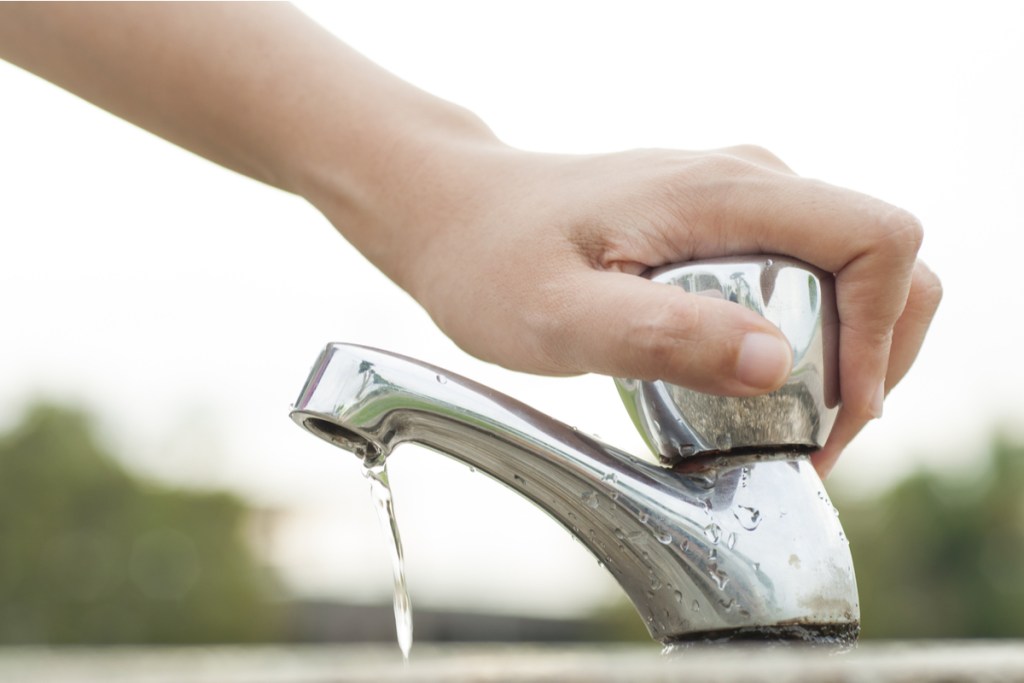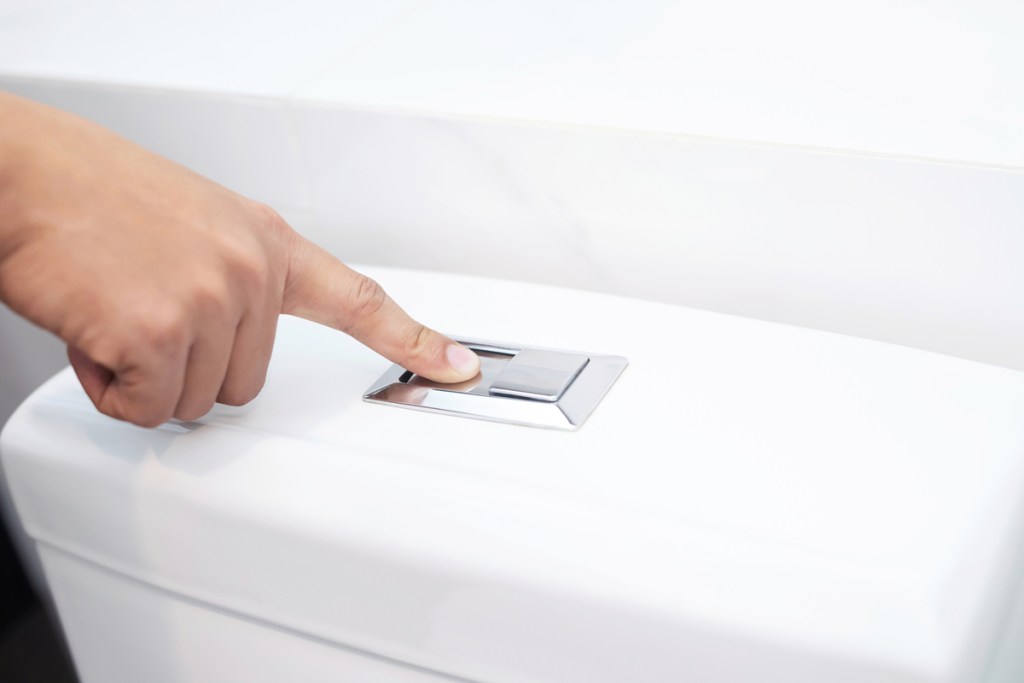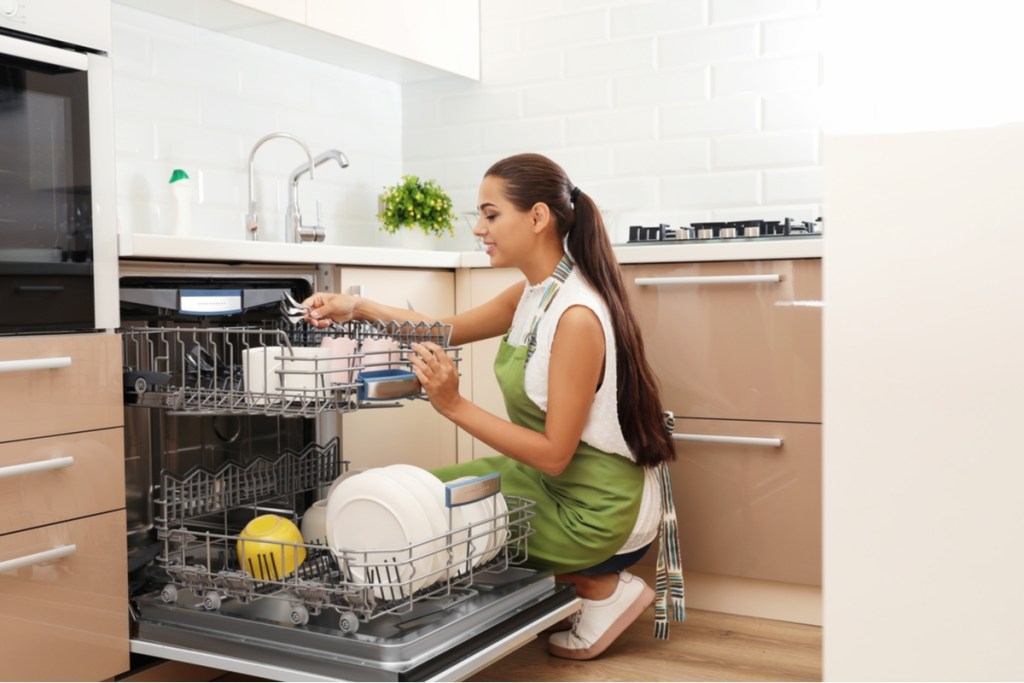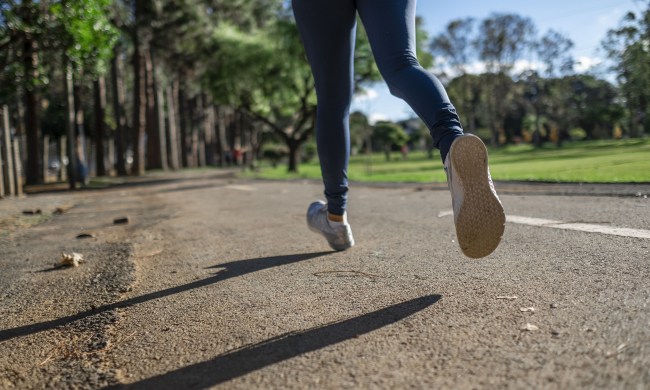
Drop by drop and gallon by gallon, wasted water adds up. That means an extra drain on your wallet and an increasingly scarce natural resource.
Conserving water is as important to the environment as combating climate change, particularly in drought-stricken regions from South Africa to Brazil to Arizona. Those luxuriously long showers can be tough to give up — and let’s face it, water still tends to be a cheaper utility than gas or electricity —but saving H20 at the home or office does not need to be overly challenging.
Here are 10 ways to get it done.
How to save water in your home and office
Water is important not just for drinking and plumbing but also for cleaning, farming, and a host of other applications. It’s critical for sustaining life.
It’s easy to look at the world’s lakes and rivers or to watch a summer storm deposit inches of rain and assume that fresh water is an abundant, even limitless resource. But the truth is we’re using it faster than nature can replenish it. Drought and pollution are making the problem worse.
The good news is you can do your part, and it doesn’t take a big effort or investment to get a meaningful return.
Turn off the tap
Simple as that.
Letting the water run while brushing your teeth, washing your hands, or waiting for it to heat up or cool down can be a big water waster. Let the water run only as long as necessary to accomplish your task.
Take shorter showers
A typical shower goes through up to 10 gallons of water every minute. As with running faucets, try to stay in the shower just long enough to wash up and rinse off.
Need a little help? Go for a low-flow shower head or flow restrictor to cut your water usage in half or more.
Signage
The key to success in the office is getting buy-in from your coworkers. Convincing them of the importance of saving water will pay off many times over.
That’s where a good sign comes into play. They can serve as a reminder to coworkers to, for example, turn off the water during hand-washing.

Install low-flow toilets
Data from the Environmental Protection Agency show that more water is used in the bathroom than anywhere else in the average workplace — about 37 percent, to be precise.
Low-flow toilets are a relatively inexpensive upgrade that can pay big dividends over the long term. Replacing a typical 3.5-gallon toilet with a 1.6-gallon low-flow model can cut that water use in half.
Put a water bottle in your toilet tank
If new toilets aren’t in the cards, this can make for a handy little life hack.
Simply fill an ordinary one-liter water bottle with sand or gravel and drop it in your toilet tank. This will displace enough water to save you as many as five gallons per day, without affecting how your toilet works.
Fix leaks in your toilet and faucets
Leaks are a slow but steady drain on your water usage. Larger leaks can mean dozens of gallons of wasted water each day.
Usually, it’s as simple as replacing an old washer. If that doesn’t get the job done or you’re not the DIY type, it likely will be an easy repair for your friendly neighborhood plumber.
A toilet is not a trash can
Flushing cigarette butts and other loose rubbish can mean gallons of extra water usage. Find a better way to dispose of trash that doesn’t have any business being in a toilet.

Run your dishwasher and washing machine for full loads only
Your dishwasher could use up to 25 gallons of water, while your washing machine can use upwards of 30. Make the most of this expenditure by reducing the number of cycles you have to run. This means getting your machines as full as possible each and every time you turn them on.
Water the lawn only when it needs it
Only water your lawn long enough for the water to reach the roots of your grass, trees, and shrubs. In other words, a super-soaking isn’t typically necessary.
Water in the early morning when it’s possible to minimize evaporation. Also consider skipping a day of watering if the ground is already wet (adjusting automatic timers for these purposes can help).
Sweep instead of a mop
Do you work in a high-traffic area? Is cleanliness a top priority? Sweeping can save significant water compared with mopping. Although you don’t need to cut out the mop entirely, using a broom for basic once-overs can save you a bucketful.
At home or at work, indoors or out, there are plenty of ways to conserve water. Even if it’s only by drips and drops, the planet and the bottom line will thank you over the long term. It might mean a few small changes, but the return on investment is worth it.
BlissMark provides information regarding health, wellness, and beauty. The information within this article is not intended to be medical advice. Before starting any diet or exercise routine, consult your physician. If you don’t have a primary care physician, the United States Health & Human Services department has a free online tool that can help you locate a clinic in your area. We are not medical professionals, have not verified or vetted any programs, and in no way intend our content to be anything more than informative and inspiring.



